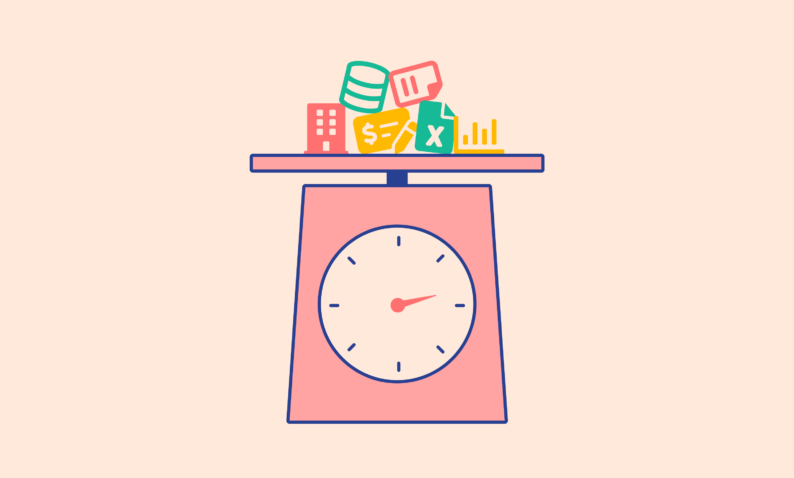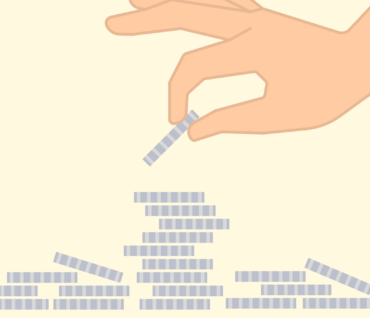Where Are You on the Procurement Maturity Scale?
Like any organization, you want to achieve best-in-class status. But before reaching this lofty goal, you must first have a genuine understanding of your current capacity. The capabilities of your procurement team are correlated to your maturity level, so let’s take a closer look at where you may be on the procurement maturity scale.
According to Danielle Salyers, 2nd Vice President of Strategic Sourcing at Allied Solutions, there are generally three different levels of procurement, along with their corresponding Key Performance Indicators (KPIs). Here’s a quick summary of each:
Tier 1 (Basic): Purchasing
Purchasing professionals are responsible for transactional purchases and executing simple tasks at this basic level. They typically don’t weigh in on contracts or suppliers. Instead, purchasing professionals track goods to ensure they get delivered on time and make entries in a receivables system.
Purchasing KPIs
As far as Key Performance Indicators (KPIs) go, you’re just trying to stay ahead of business needs. Your main responsibilities include:
- Tracking inventory
- Ensuring timely deliveries
- Getting products from point A to point B
Tier 2: (Intermediate): Procurement
This intermediate level of procurement involves more negotiations. Although your team is still making purchases and may make some input regarding contracts and suppliers, you’re not driving the decision-making process or exerting the influence you could be to ensure your company is making the right decisions.
It is critical to note that Tier 2 organizations are still responsible for the transactional purchases and task execution in Tier 1. As your team grows its focus and impact, it is still accountable for the tasks and responsibilities found at earlier stages.
Procurement KPIs
You likely have metrics focusing on:
- Supplier consolidation
- Contract savings
Tier 3 (Advanced) Strategic sourcing:
Strategic sourcing goes beyond the transactions of purchasing and procurement. You help identify business requirements and develop strategies. You work closely with stakeholders across the organization as you handle contracts and onboard new customers. At this advanced level, you have a strategic vision for the company. You know where you can find additional resources to make that vision come true.
Once again, your team must remain focused on the critical responsibilities found in Tiers 1 & 2. Transforming your team into strategic sourcing experts is about growing impact, not shifting impact.
Strategic sourcing KPIs
Metrics are much more robust when you get into strategic sourcing. For example:
- Contract savings are still significant, especially to CFOs trying to measure the success of your sourcing department.
- Supplier consolidation still applies since you increase your buying leverage with a particular supplier.
- Strategic sourcing teams are very focused on level of service—what’s the return you’re getting from your suppliers? Are they bringing you new ideas and ways to improve processes?
- Operational efficiency is another critical metric. You’re constantly looking for suppliers who will help you be more efficient.
- Supplier Performance is perhaps the most critical metric for strategic sourcing teams. Once you onboard a supplier, do they perform as you expected? If not, how do you get the relationship back on track?
It’s at this upper level where you can unlock greater procurement opportunities, which in turn enables you to save the business significant time and money.
Now that you know the three different levels of procurement, where does your team land?
Ready to level up your procurement team?
Read our article “5 Best Practices for Building Your Strategic Sourcing Team” to learn more.
Read More


